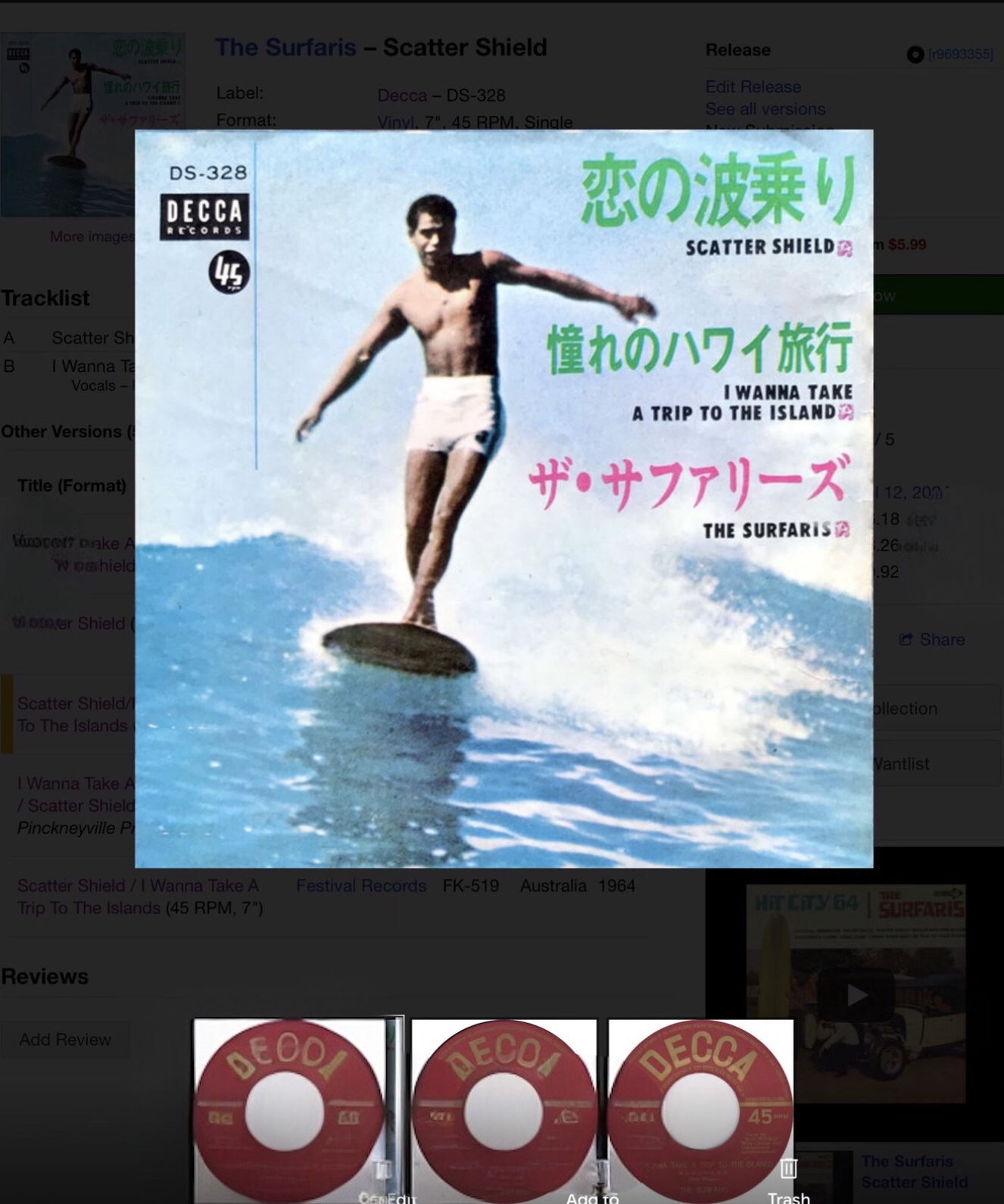Recently, I discovered a surfing photograph on eBay, with several sellers claiming it features Duke Kahanamoku on his surfboard. This assertion piqued my interest.
One seller even had a set of unopened playing cards displaying the same image, prompting me to inquire whether Duke’s name was mentioned anywhere on the box.
While awaiting a response, I reached out to various buyers with the same question.
They all indicated, based on Google Lens or AI analysis, that the image matched Duke Kahanamoku.
However, as a dedicated blogger on Duke’s legacy, I remain unconvinced that the image accurately depicts him for several reasons. This led me to conduct my own research, which revealed compelling evidence suggesting the man in the photograph is likely someone else.
To begin with, Duke Kahanamoku, even in his twenties and well into his sixties, had a notably muscular and symmetrical physique. Using my jewelry lens to examine the photo closely, I found that the individual did not resemble Duke at all; rather, he appeared to have Asian features.
By chance, I stumbled upon a band from the 1960s called the Surfaris. Delving deeper, I located one of their vinyl records that features artwork similar to the playing cards advertised as Duke Kahanamoku. The band’s history indicates they traveled to Japan in 1960, during which time they likely photographed a surfer who later appeared on their record cover.
This information strongly suggests that the person on the surfboard is not Duke, as he would have been in his seventies in 1960.
Although the original band members have passed away, the new lineup is currently touring. I reached out to them, providing an image of their 1960 cover and inquiring about the identity of the surfer. Unfortunately, I have yet to receive a response, which is disappointing.
Undeterred, I continued my investigation and found a surfer photographer named Tatsuo Takei on Instagram. I contacted him to ask whether he recognized the individual in the photograph and requested a translation of the Japanese text on the vinyl cover.
His response indicated that the writing consisted of song titles. He also expressed skepticism about the claim that the man in the playing cards is Duke Kahanamoku, noting that, like me, he understood Duke to be in his seventies during that time, while the man in the image appears significantly younger.
In conclusion, while I await a response from the Surfaris, my dedication to preserving Duke Kahanamoku’s contributions to surfing drives me to research his legacy diligently. After reviewing various articles, I am inclined to place greater weight on my findings than on those of a single writer who chronicled Duke’s story.
Although I lack definitive proof of the identity of the man depicted in the image, I remain hopeful for a more conclusive answer, as I would like to present my findings to the eBay sellers.
My observation is that many eBay sellers do not thoroughly understand the products they are offering; instead, they seem to rely heavily on artificial intelligence. This reliance is somewhat disheartening, as it often results in misrepresentation of items, which can be misleading for potential buyers.
These sellers remind me of an individual I once knew, who enthusiastically promoted every product he could obtain. When I asked him to provide details about one of his offerings prior to making a purchase, his response exposed a concerning lack of knowledge; his primary focus was solely on closing the sale. Perhaps “DP” (his initials) could benefit from enrolling in a marketing training program!
Until then, I continue to pursue this intriguing topic in hopes of finding closure.
Just as I believed I was concluding this narrative, an idea surfaced: I should reach out to the Outrigger Canoe Club to inquire if they can help identify the image from the playing cards.
Perhaps this time I will have better luck.
